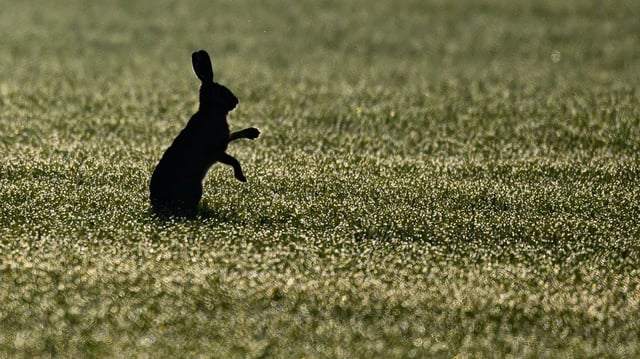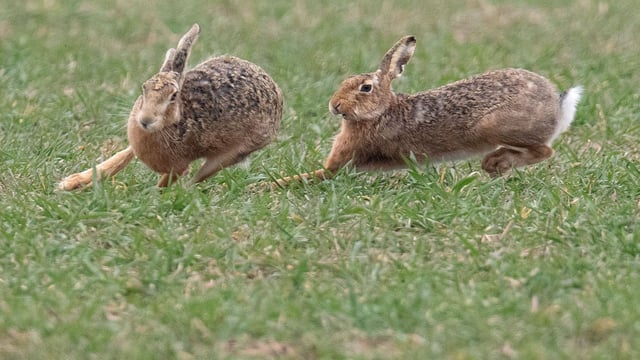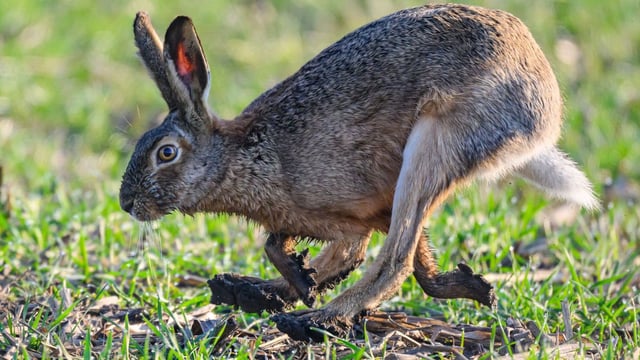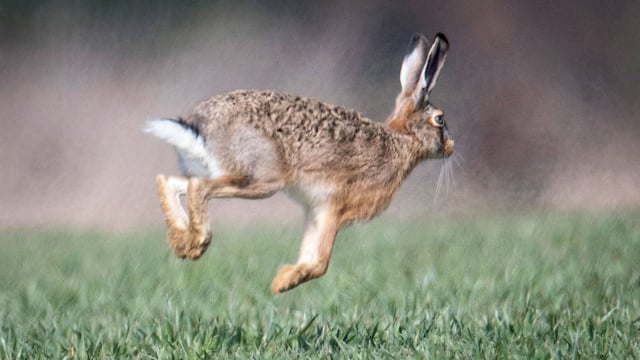Overview
- Germany's field hare population has stabilized at an average of 19 hares per square kilometer, marking the best national count since records began over two decades ago.
- North Rhine-Westphalia reports significantly higher densities with nearly 29 hares per square kilometer and a 15.2% growth rate, contrasting with Brandenburg's low average of 6 hares per square kilometer.
- Recent outbreaks of Myxomatose, a viral disease, have caused localized population declines in areas of NRW and Lower Saxony, with experts monitoring its spread.
- Dry spring weather has provided favorable conditions for hare births, but experts warn of potential risks if prolonged drought affects vegetation critical for food supply.
- Long-term threats, including intensified agricultural practices and habitat loss, remain significant challenges, prompting calls for expanded conservation measures like wildflower strips and reduced land use.



